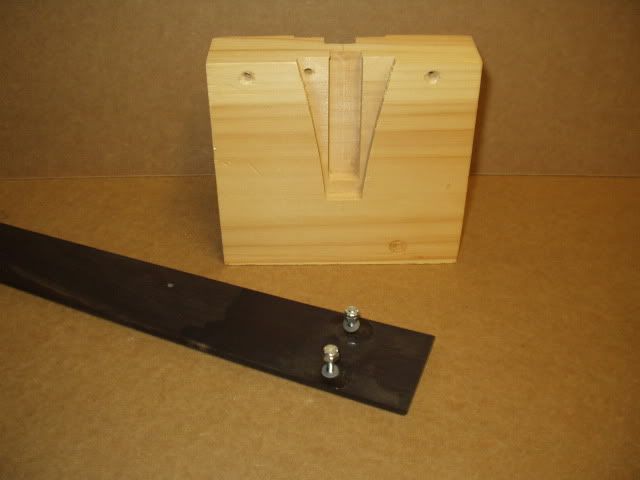Neck joint (many questions about it)
Posted: Tue Jan 29, 2013 4:09 pm
Hi, New member here from Cape Town (New, but not young! pushing 63)
Following Ken’s detailed and informative article about neck angle, I have been battling with a number of questions about this aspect of the guitar.
(a) The article describes how the cheeks of the neck heel but up against the (squared) sides of the soundboard. What about an alternative approach where, rather than butting up against the sides, the cheeks are seated directly against the headblock - in other words, with the side material having been removed and shaped to create a contoured recess for the neck heel? The reason I am asking this is that it would allow one to use shims to set (or correct) the neck angle without leaving a visible gap between the neck heel and the guitar body. Would this not be easier than trying to shape the neck heel to get the correct neck angle? (Clearly the measurements will have to take this change – the thickness of the sides of about 2.2mm - into account).
(b) The article discusses the alternate approach to creating the correct neck angle whereby the top edge of the rim is sanded down from the waist curve to create an angle of about 1.5 degrees to the neck heel. When one follows this approach, does it then mean that the shoulder brace under the fingerboard should no longer taper on each end to create a bulge in the middle, in order to meet the fingerboard?
(c) Following the alternate approach, would the fingerboard not be buried into the top of the guitar when one sands the top to the same level as the top of the neck? Won’t sanding away the depth of about three index cards cause an unsightly concave in the top?
(d) Is it better to sand down the top of the guitar as described above - or to accept that a gap will exist between fingerboard and guitar top- and “force” the fingerboard down by gluing it to the top (or, alternatively even holding it down with a screw/bolt? Is there then not a danger that the finger board might break as a result?)
(e) Would the alternate approach discussed in the article be better than the approach discussed in the first part of the article - i.e. where the neck heel is cut at 89 degrees, headblock angled at 91 degrees and shoulder brace shaped to raise the top to meet the fingerboard?
(f) I would also like to get luthiers’ views on using a device such as the JLD Bridge Doctor. When I think about it, such a device might inhibit the movement of the guitar’s top, resulting in a reduction of sound quality
Following Ken’s detailed and informative article about neck angle, I have been battling with a number of questions about this aspect of the guitar.
(a) The article describes how the cheeks of the neck heel but up against the (squared) sides of the soundboard. What about an alternative approach where, rather than butting up against the sides, the cheeks are seated directly against the headblock - in other words, with the side material having been removed and shaped to create a contoured recess for the neck heel? The reason I am asking this is that it would allow one to use shims to set (or correct) the neck angle without leaving a visible gap between the neck heel and the guitar body. Would this not be easier than trying to shape the neck heel to get the correct neck angle? (Clearly the measurements will have to take this change – the thickness of the sides of about 2.2mm - into account).
(b) The article discusses the alternate approach to creating the correct neck angle whereby the top edge of the rim is sanded down from the waist curve to create an angle of about 1.5 degrees to the neck heel. When one follows this approach, does it then mean that the shoulder brace under the fingerboard should no longer taper on each end to create a bulge in the middle, in order to meet the fingerboard?
(c) Following the alternate approach, would the fingerboard not be buried into the top of the guitar when one sands the top to the same level as the top of the neck? Won’t sanding away the depth of about three index cards cause an unsightly concave in the top?
(d) Is it better to sand down the top of the guitar as described above - or to accept that a gap will exist between fingerboard and guitar top- and “force” the fingerboard down by gluing it to the top (or, alternatively even holding it down with a screw/bolt? Is there then not a danger that the finger board might break as a result?)
(e) Would the alternate approach discussed in the article be better than the approach discussed in the first part of the article - i.e. where the neck heel is cut at 89 degrees, headblock angled at 91 degrees and shoulder brace shaped to raise the top to meet the fingerboard?
(f) I would also like to get luthiers’ views on using a device such as the JLD Bridge Doctor. When I think about it, such a device might inhibit the movement of the guitar’s top, resulting in a reduction of sound quality
